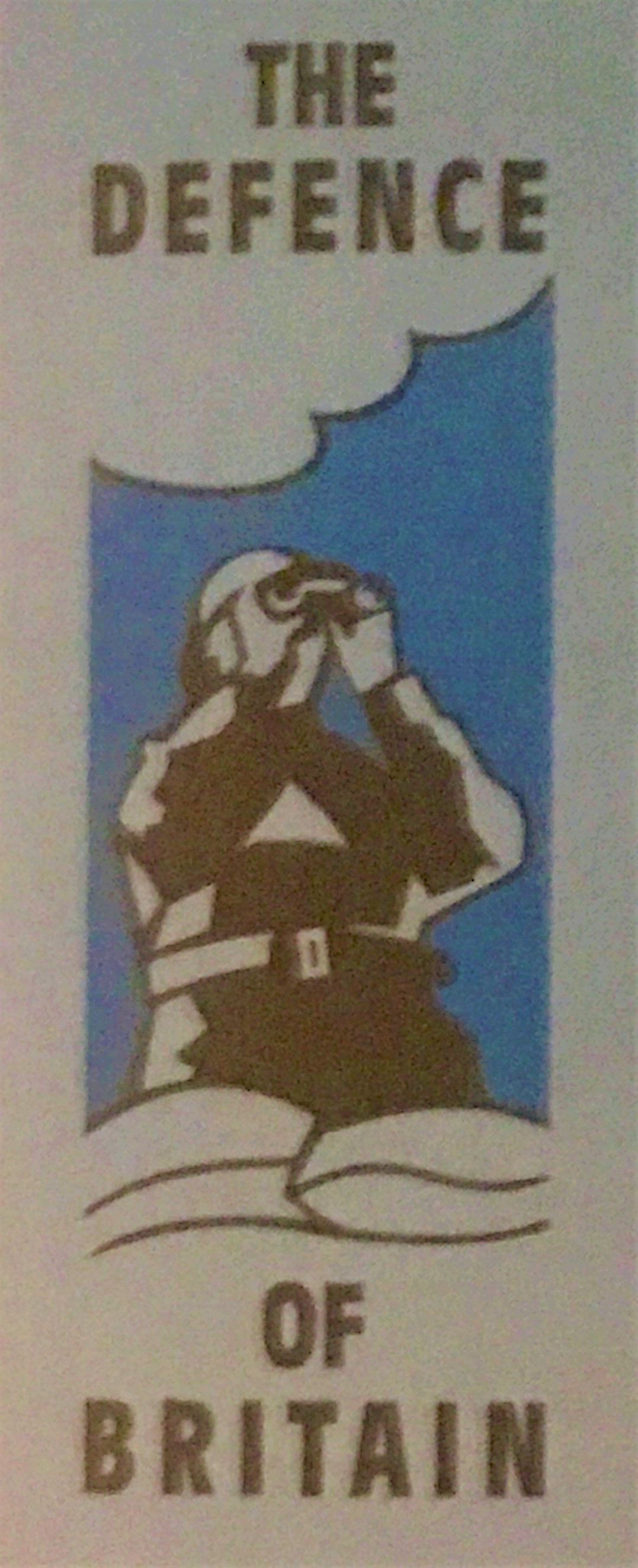This is a short introduction to some of the earliest archaeological investigations of Auxiliary Units structures.
Conflict Archaeology is the term used for the archaeology of modern warfare, typically of the 20th Century. It also includes the wealth of material, including personal accounts of use, from those that were involved with locations. This is something that rarely if ever exists for more ancient sites. It considers more than just what can be dug up, including how sites are perceived over time.
Until quite recently, structures left over from the Second World War were generally considered eyesores, something to be cleared out of the way to get to the actual archaeology from hundreds of years ago. However, archaeological techniques can be applied to recording and excavating wartime structures. They can uncover information that has otherwise been lost, despite being in the recent past.
When we think about Auxiliary Units perhaps the most obvious structures are the underground Operational Bases (OBs). Yet we know relatively little about when most were built, and even less about how they were built. We have a couple of documents showing designs, yet almost all OBs differ in some way.
But Auxiliary Units did not spend all of their time underground, in fact documentary and personal accounts indicate quite the opposite. They had training centres and headquarters, and practiced their skills against various military structures.
 If we start at the beginning, perhaps the first attempt to apply some archaeological process to the Auxiliary Units story was the Defence of Britain Project. This aimed to document the location and type of all wartime sites in Britain, with some basic information and in some cases images or measurements, or other written evidence. It ran between 1995 and 2001 and although administered by the Council for British Archaeology, the fieldwork was almost entirely done by volunteers without any formal training. There was no follow up investigation of the sites by excavation or any other means. The result was a database that is still available to search online.
If we start at the beginning, perhaps the first attempt to apply some archaeological process to the Auxiliary Units story was the Defence of Britain Project. This aimed to document the location and type of all wartime sites in Britain, with some basic information and in some cases images or measurements, or other written evidence. It ran between 1995 and 2001 and although administered by the Council for British Archaeology, the fieldwork was almost entirely done by volunteers without any formal training. There was no follow up investigation of the sites by excavation or any other means. The result was a database that is still available to search online.
https://archaeologydataservice.ac.uk/archives/view/dob/
As part of CART's history, this was an important project as it put researchers interested in Auxiliary Units from around the country in touch with others working cooperatively with a common purpose. Many of those original Defence of Britain volunteers are members of CART or have contributed information to this website.
Probably the first formal archaeological report on an Auxiliary Units site came from Wales. We would like to thank Martin Locock, the author for permission to host a copy here.
With decades of hindsight, we now know that the alcove described most likely would have housed an Elsan toilet, and that the winch mechanism was for the door. This highlights how knowledge alters the interpretation of the same findings. The Royal Observer Corps underground bunkers of the post-war era, were equipped with radio aerials that could be elevated by winding them up from inside. These structures had no need to be completely concealed from an enemy, as they were designed for monitoring nuclear fall out. We know now that Auxiliary Units had better ways to conceal an aerial from even close scrutiny, described in the Special Duties part of this website.
This was the Operational Base for the Pontardawe Patrol
Martin Locock has his own award winning archaeology blog with top tips for project managers
http://10simplesteps.blogspot.com/
In Essex in 2006, came one of the first formal archaeological excavations of an Operational Base. Based on a accounts of a structure and the presence of a depression, a small excavation revealed evidence of the structure.
The report can be read here
https://archaeologydataservice.ac.uk/archiveDS/archiveDownload?t=arch-4…
Further information was recorded in a subsequent project documenting World War Two Heritage in Essex
https://www.worldwar2heritage.com/en/page/9069/190/British-Resistance-H…
Some additional Images are in the Essex Sites and Monuments Register
https://www.heritagegateway.org.uk/Gateway/Results_Single.aspx?uid=MEX1…
Read the CART Patrol report here, with the men fully identified for the first time
https://www.staybehinds.com/patrol/maldon-patrol
The site is now being preserved and hopefully its Auxiliary Units history can be incorporated in the future interpretation at the site.
Rather a nice example of the extended scope of Conflict Archaeology. We don't just have the report of the excavation, but this prompted accounts of the use of the site to come to light. Providing publicly accessible reports brought forward more information over time. The presence of a boat in the mill race as a getaway vehicle was ephemeral and could never have been deduced from excavation. Yet it explains the structure, specifically why the escape tunnel was built to open into the Mill Race. For the modern volunteers restoring the Mill, it provides an alternative way to interpret the structure and an additional element to the history of the site.
Head back to the index for more archaeology